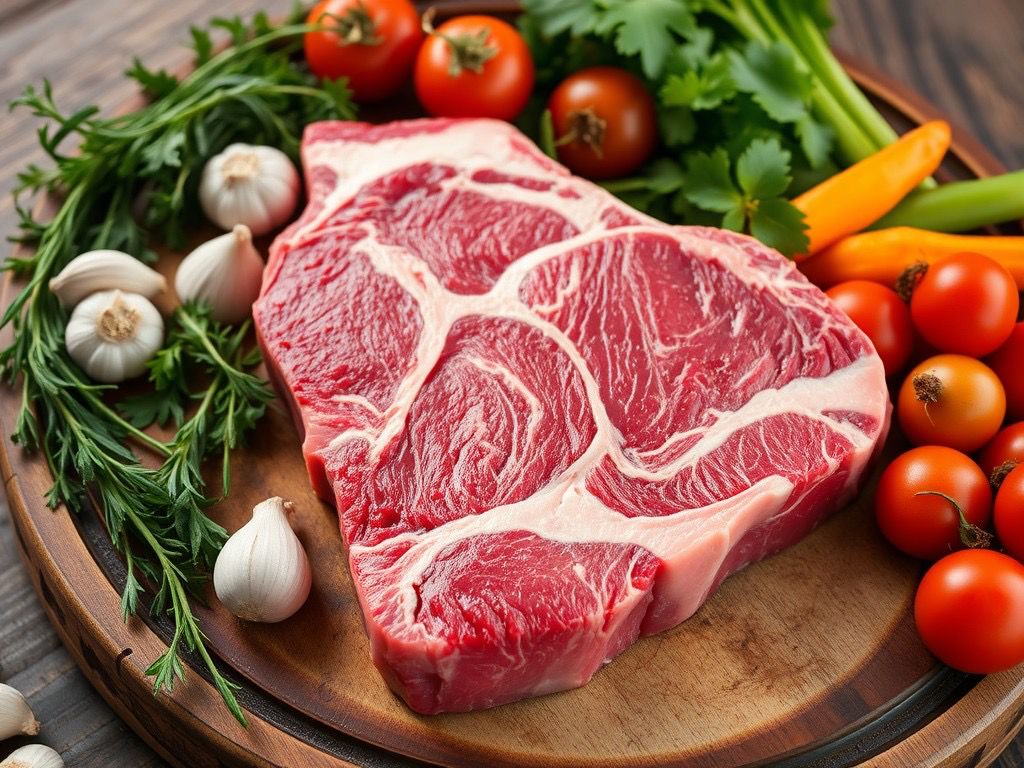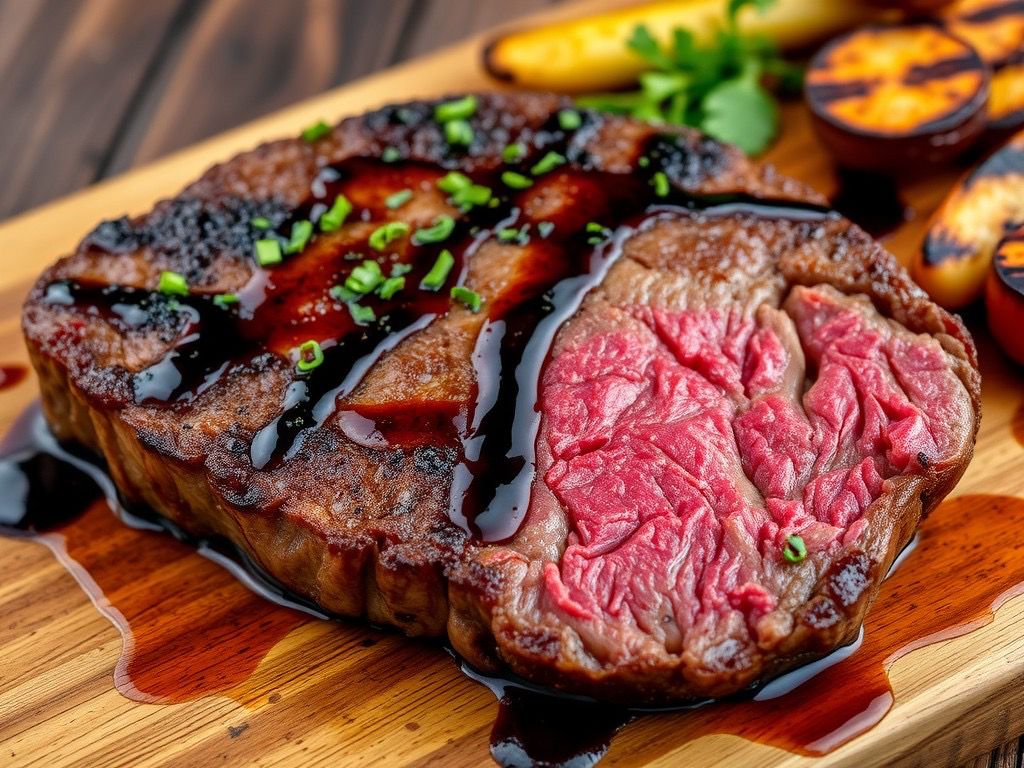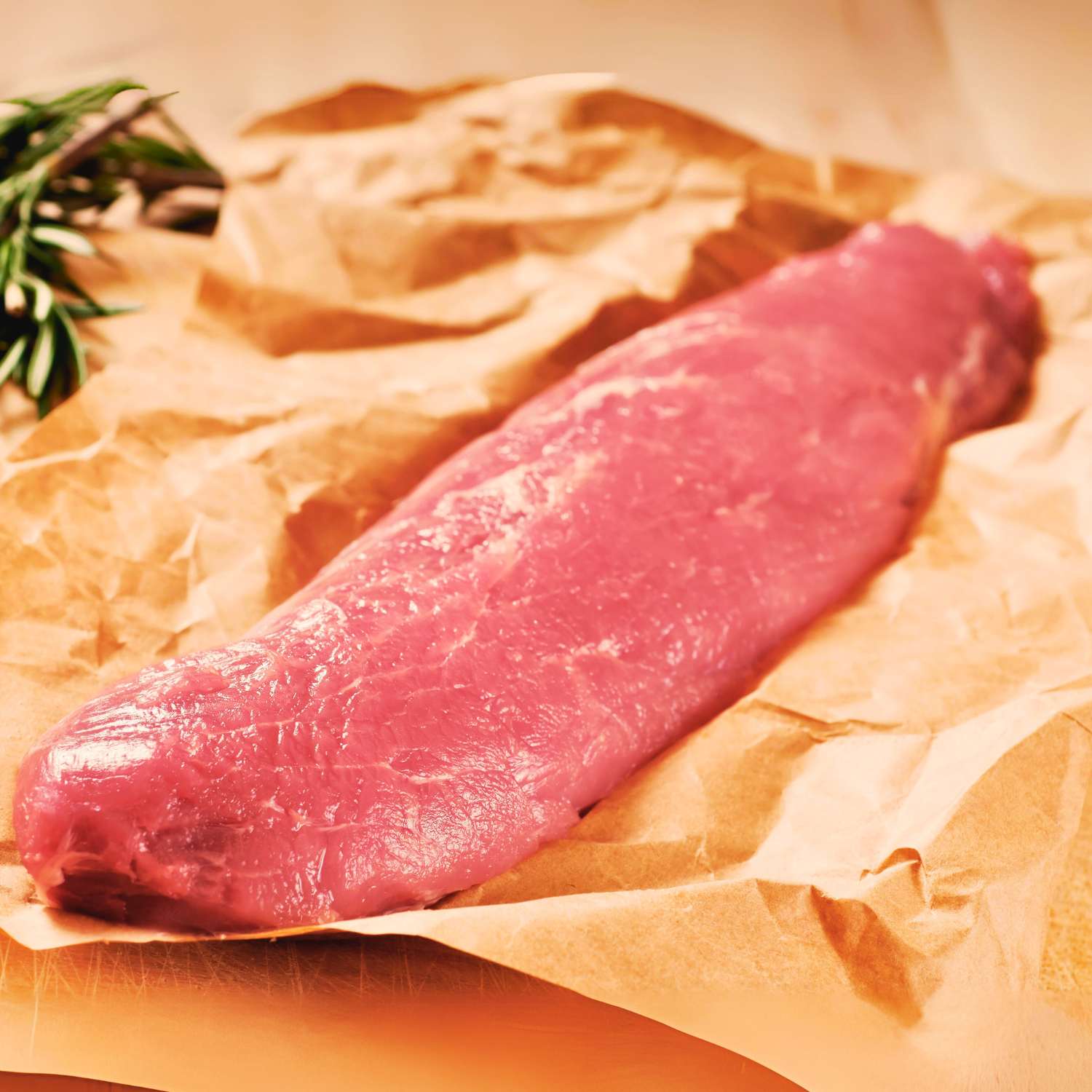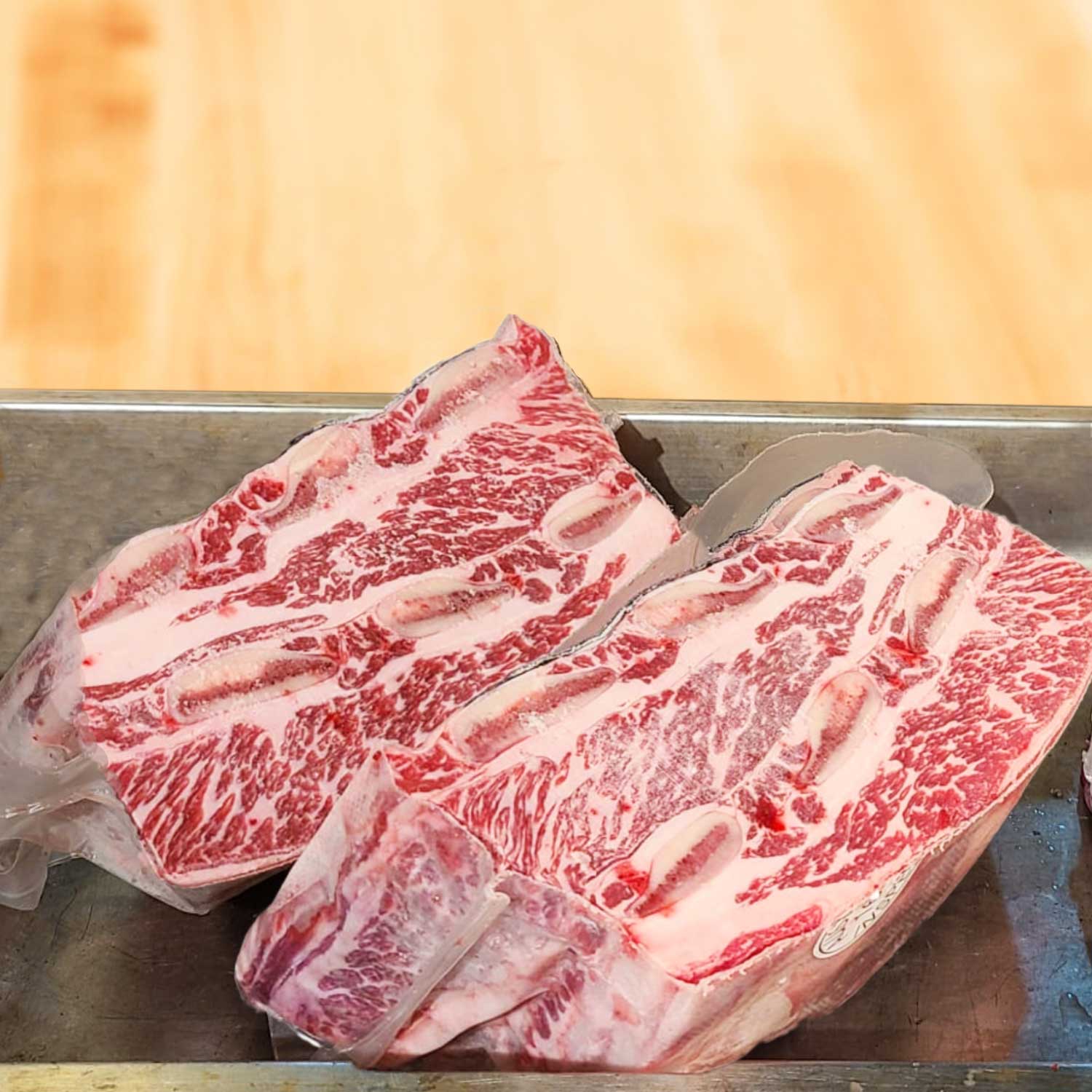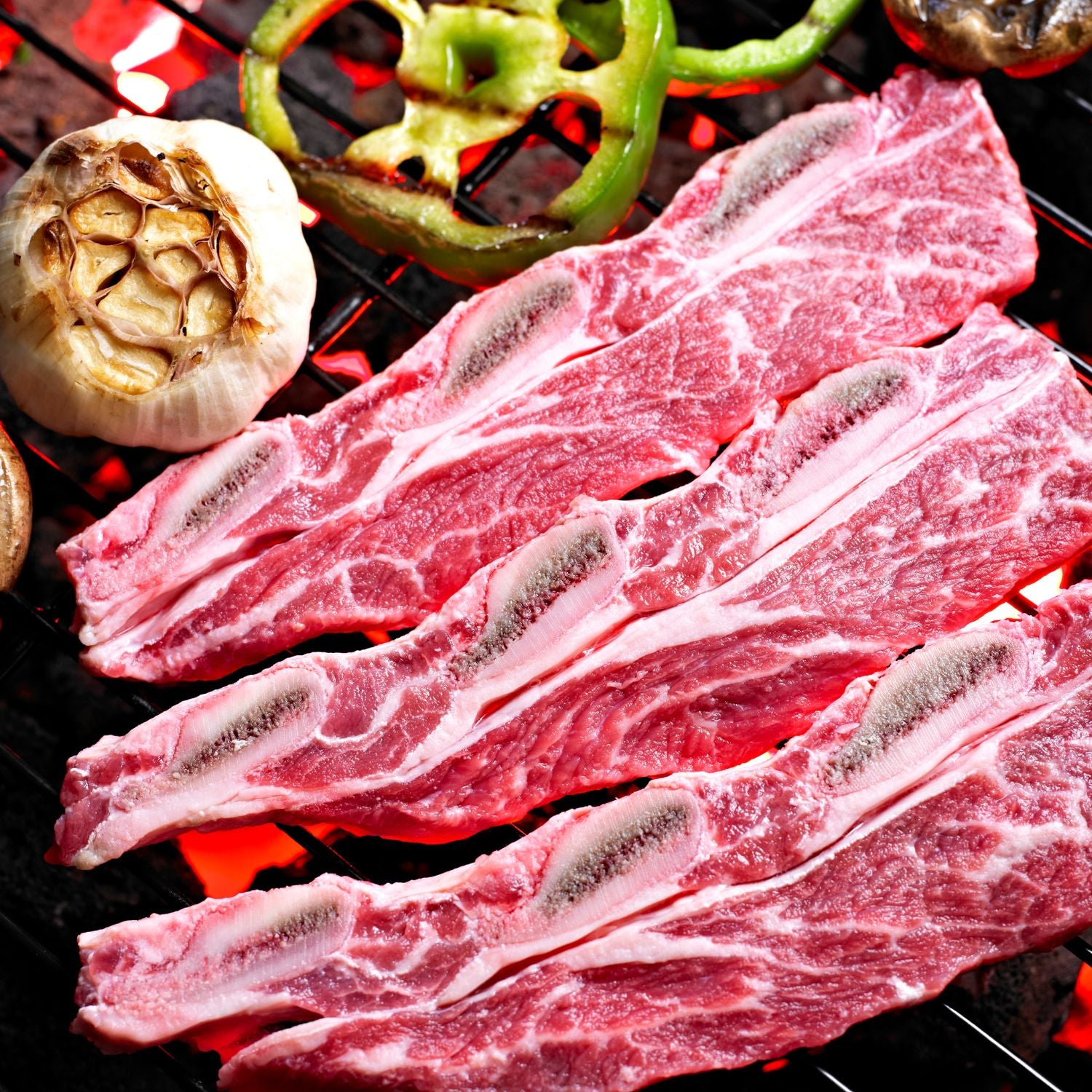Understanding the Basics of Wagyu and Grass-Fed Beef
The Origins and Raising of Wagyu and Grass-Fed Beef
Wagyu beef hails from Japan. It is known for its marbling and taste. Grass-fed beef is raised on pastures. It eats grass, which impacts its flavor and texture. Both are popular choices in Hong Kong's meat scene. Each has unique qualities, due to different raising methods. Wagyu is often grain-finished for richness. Grass-fed beef is leaner and has a natural beefy flavor. These differences affect how you cook and serve them. Restaurants in Hong Kong favor these for their top dishes. At home, knowing their backgrounds can help cook them better.

Key Differences: Wagyu vs Grass-Fed Beef
Wagyu and Grass-Fed beef both offer unique tastes and textures. Wagyu, known for its marbling, comes from specific Japanese breeds. Its fat melts at low temperatures, giving it a buttery flavor. Grass-fed beef has less fat but a distinct, earthy taste. It's raised on pastures, making it leaner than Wagyu. In Hong Kong's culinary scene, these two types of beef cater to diverse preferences. Expert chefs choose Wagyu for rich, luxurious dishes. They choose Grass-fed beef for healthier, robust meals. Both have a place in Hong Kong's steak culture, elevating meat dishes to an art form.
The Health Benefits of Grass-Fed vs Wagyu Beef
Grass-fed beef offers unique health benefits. It has more Omega-3s than grain-fed meat. This is good for the heart. Grass-fed beef also has more antioxidants and vitamins. Wagyu beef, known for its marbling, has higher fat. But it's mostly monounsaturated fat. This can lower bad cholesterol. Both types of beef provide high-quality protein. Hong Kong's finest offer a blend of taste and health. When choosing between them, consider both flavor and wellness. Balance is key in a healthy diet. Enjoy these meats as part of that balance.
Step-by-Step Guide to Cooking Wagyu and Grass-Fed Beef
Preparing the Perfect Wagyu and Grass-Fed Steak
When preparing Hong Kong's premier Wagyu and grass-fed steaks, a few key steps are vital.
- Start by selecting a thick-cut steak, ensuring its quality.
- Allow the meat to reach room temperature for even cooking.
- Pat the steak dry to get a perfect sear on the surface.
- Season sparingly with salt to enhance natural flavors.
- Use high-smoke point oils to prevent burning.
- For Wagyu, aim for a rare to medium-rare finish to preserve its tenderness.
- Grass-fed steaks benefit from a quick sear and lower internal temperature cooking.
These steps will set the foundation for an exceptional steak experience.
The Ideal Cooking Techniques for Wagyu and Grass-Fed Beef
Cooking techniques for Wagyu and Grass-Fed beef differ. For Wagyu, use low heat to render fat evenly. Sear at high heat for a crispy crust. Grass-Fed beef cooks quicker due to less fat. Use medium heat to avoid overcooking. Rest the meat after cooking for juiciness.
Seasoning and Sauces: Enhancing the Flavor Profile
- Start with coarse salt and freshly ground black pepper. These basic seasonings let the beef's natural flavors shine.
- For Wagyu, consider delicate flavors. Use herbs like thyme and rosemary. They match the meat's richness without overpowering it.
- Grass-fed beef pairs well with bolder spices. Try a rub with garlic powder, paprika, and a hint of cayenne.
- For sauces, a red wine reduction complements both Wagyu and grass-fed beef. It elevates the steak without masking its taste.
- A creamy peppercorn sauce can add depth to grass-fed cuts.
- For Wagyu, a dab of high-quality butter with herbs can bring out its velvety texture.
- Always let your steaks rest after cooking. This is when you should apply more delicate sauces or a touch of sea salt.
Innovative Recipes and Techniques from Hong Kong's Meat Masters
Exemplary Recipes from MeatKing.hk
- Wagyu Beef Sliders: Mini burgers with a twist using the finest Wagyu beef.
- Grass-Fed Beef Skewers: Savory bites perfect for grilling, featuring grass-fed beef chunks.
- Herb-Encrusted Striploin: A recipe for steak lovers,with a crust of rosemary and thyme.
- BBQ Ribs with a Hong Kong Glaze: Ribs marinated in a unique blend of local spices.
- Seared Sirloin with Black Bean Sauce: Merging traditional sauces with quality grass-fed sirloin.
- Tomahawk Steak Feast: Instructions on how to master cooking this impressive cut.
- Pepper Crusted Tenderloin: Grass-fed tenderloin with a punchy pepper crust.
- Roast Wagyu with Hoisin Glaze: A sweet and savory twist to a classic roast beef.
Advanced Techniques in Meat Cooking
Unlock the secrets of Hong Kong's meat connoisseurs with advanced techniques in meat cooking. Learn how to apply precise temperature control to ensure tender steak every time. Discover the art of marinating with spices and sauces unique to Hong Kong, bringing out the distinct flavors of both Wagyu and grass-fed beef. Elevate your skills with the correct use of kitchen tools like sous vide machines and high-quality knives. Explore the method of dry aging at home to deepen the complexity of your beef's taste. These expert approaches will transform your home-cooked meats into gourmet masterpieces.
Incorporating Traditional Hong Kong Flavors into Meat Dishes
Infuse the richness of Wagyu and Grass-Fed beef with Hong Kong's unique tastes. Here's how:
- Use classic sauces such as Hoisin or Oyster on your steak. They add a deep, savory flavor.
- Experiment with spices like five-spice powder for an aromatic twist.
- Try marinating beef in a mix of soy sauce, garlic, and ginger to tenderize and flavor.
- Sear beef with a splash of Shaoxing wine for a fragrant finish.
These simple touches bring Hong Kong's culinary heritage right to your plate.












